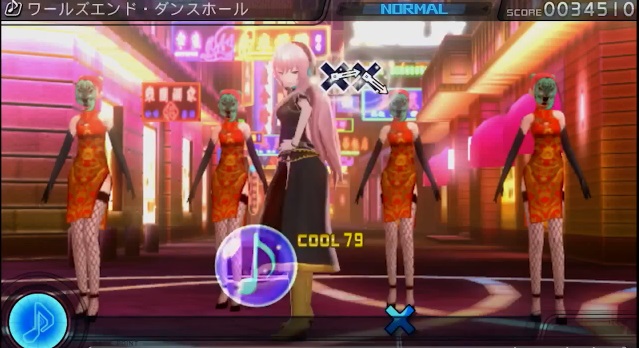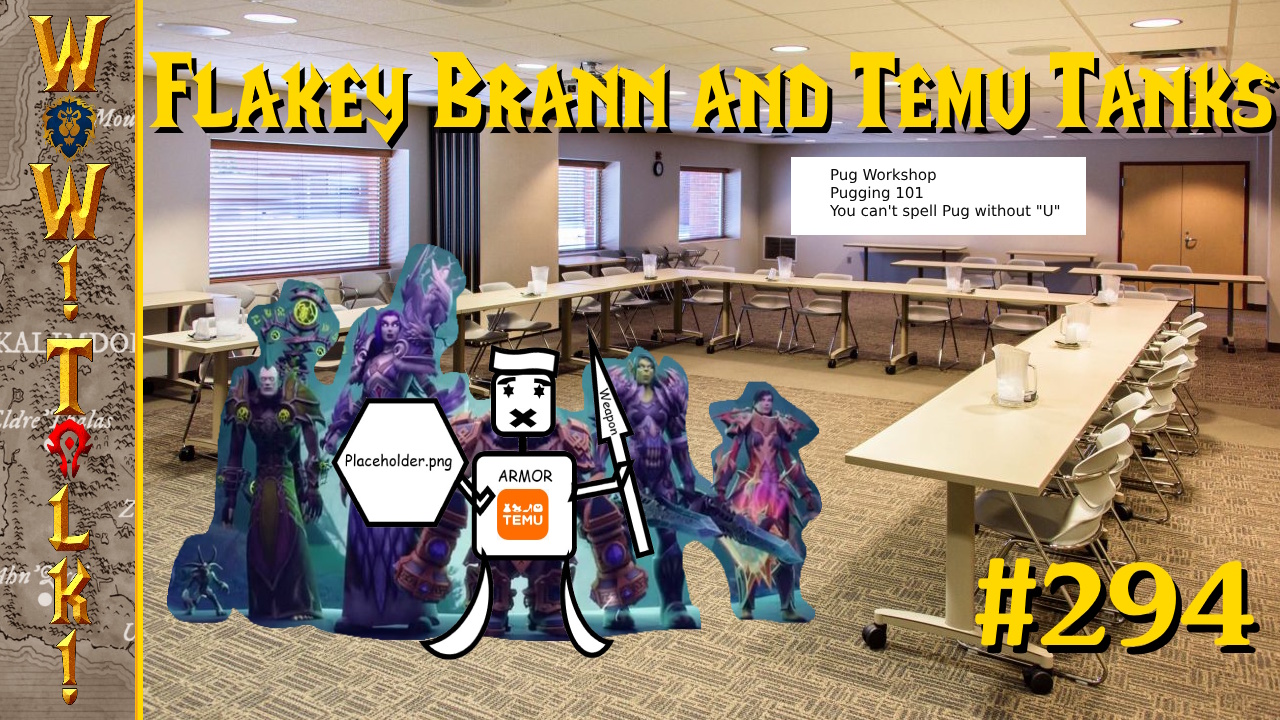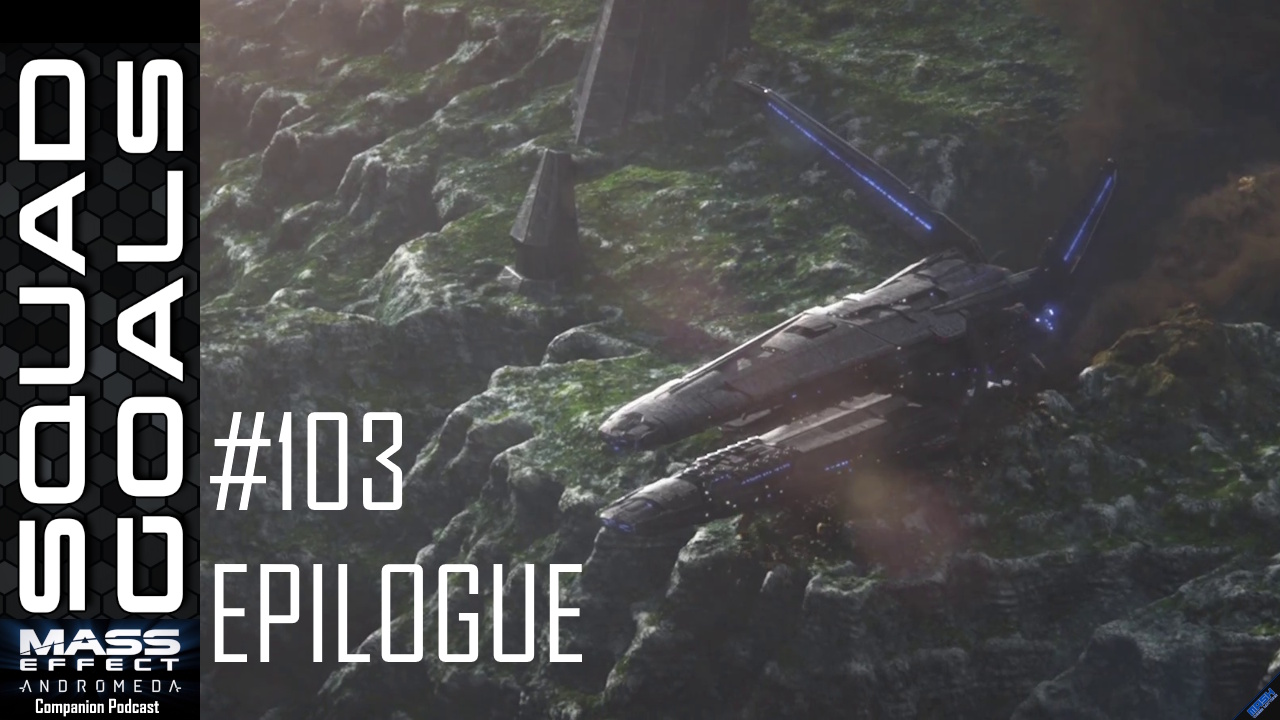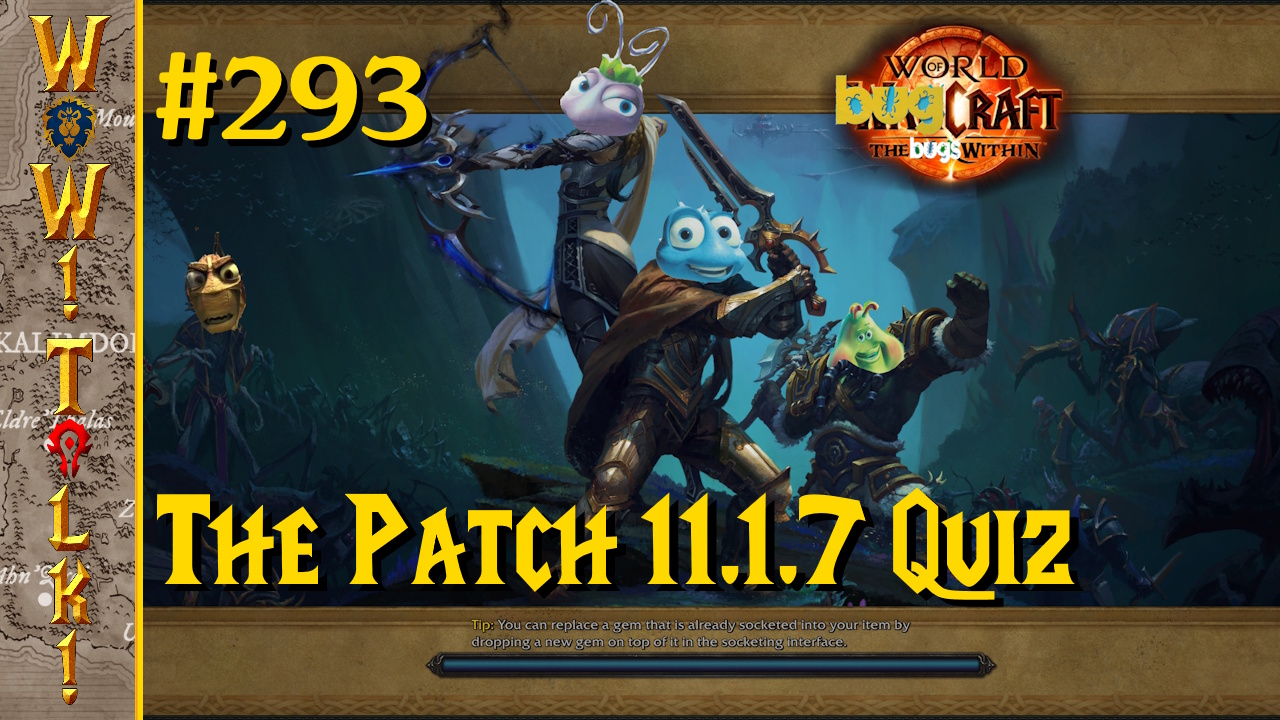
My girlfriend had to work. My roommate was out with friends. Even so, I checked all over the house to make sure that no one was home. I made sure the front door was locked, and then walked to my room, carefully shutting the door behind me. I thought about whether I should put on headphones or not. I couldn’t decide if I wanted to risk having someone hearing it as soon as they came in the apartment, or if it was worse to have my girlfriend walk in on me while I was unaware with the headphones on. I finally settled on the headphones, carefully watching the clock as the day went on. She was supposed to work until 7, but at 6:30 she walked into the room. She got off early, and soon I found myself trying to explain what she was looking at on the screen.
Was I watching filthy porn? No, I was playing Hatsune Miku: Project DIVA F.
It’s been a very long time since I had any interest in J-Pop. I went through a phase where I would subject myself to anything and everything from Japan, and the music was something I swiftly moved away from. Don’t get me wrong, it’s catchy and absurdly upbeat, but eventually I just parted ways with it, content instead to listen to undead metal bands. That’s why I didn’t really know much about this game walking into it. All I knew was that Hatsune Miku was famous in Japan, and that she wasn’t an actual person. She’s a character, one that gets computer generated for her concerts while that same computer supplies her voice. Odd stuff, but I knew it was a rhythm game, right? Music and such. It was probably going to be fun.

For someone with zero interest in the music and characters, it’s not a bad game. It relies on simple button inputs along with the beat – think Guitar Hero while played with the controller. If you cringed when I described it that way, it’s also a bit more complicated. Instead of just hitting the four face buttons, you also have to flick the control sticks when images of a star move into the right spots, and you have to hit a direction on the pad while also hitting a button in others. They don’t sound like much, but those two inputs make things a lot harder when the song really gets going.
If you’ve flown through the highest difficulties of Rock Band, you’re probably not impressed. Well, this game kicks you right out of your comfort zone by not having the inputs come at you in nice, straight lines. In Hatsune Miku, you will see the outline of a button appear somewhere on-screen when a note is coming. This object can appear anywhere on the screen at all, and following its appearance, the button input itself will come in from one of the four sides of the screen, heading toward its specific button outline. Once it’s there, that’s when you have to hit the button. There is also a little set of clock hands that appears on each button outline, and once the arrow moves to the twelve o’clock position, that’s when the button will be directly over it, giving you another clue on when to hit the button.
I was not prepared for how much harder it made the game, nearly getting obliterated on the first song of the normal setting. Having the notes able to come in from anywhere forced me to keep looking all over the screen, scrambling to find the next appearance so I could follow the note on its path. Even then, I had to keep track of where the next note was going to go, and while doing so still hit the button with the specific timing rhythm games need. It was hard enough just having to hit the buttons, but throwing in the ones where I had to flick the control stick or push a button and a direction made my life pretty difficult. The game is good about having the inputs come in at logical angles, drawing the eye in one direction and then back again so that you’re not wasting precious time looking for what you’re supposed to hit. It’s not always going to do that, though, so you really need to be able to watch the whole screen while also timing your presses with the beat.

You won’t be looking at the same handful of backgrounds while you play it, assuming you can take your eyes off the action long enough to look at them. Each song has a specific video for it, going to many different stages and anime-styled locations while showing various styles, colors, and themes. The sheer amount of variety is pretty spectacular — running through ruined castles to futuristic stages filled with arms waving glow sticks. Others might have you schlepping a present around on a dark night filled with Christmas lights, while another will have you seeing various animated cats from all over the world. There is so much variety in animation style and video content that it really makes each song stand on its own visually. It’s a nice change considering most music games don’t do all that much for visuals, keeping everything rather plain to avoid distracting players from the inputs they need to see.
Hatsune Miku is a perfect example of why other music games haven’t gone all out on the visuals, as they really do distract the player from what’s going on. It’s pretty bad, as all of the bright colors can mask the incoming inputs. One song in particular drove this home, Kagamine HachiHachi Flower Fight, as it is filled with a lot of varied sprays of color, many of which are pretty much the same as the button inputs that are flying in. It’s not quite the exact same color, but its close enough that I often didn’t see the input until it was already past the point I needed to hit it. Anyone who’s played a rhythm game knows how hard it is to play catch up when you completely screw up a note, and this game is no exception. Making it hard to see the notes as they came in made the game much, much more difficult than it should have been.
The developers seemed to know this when they put the clocks onto each button outline, though. Again, an arrow will spin on each outline, and when it gets to twelve o’clock you just need to hit the button. It’s something that should have made the buttons flying in obsolete, but I found it hard to use. Watching the buttons come in gives a better visual indication of the order and timing of the notes, as they fly in groups and follow patterns my brain could easily put together. The colors also made it easy to tell what to do, something that was easier than using shape recognition and checking a clock.

It was a whole lot harder to see which note was next by looking for which clock was closest to hitting twelve than it was to just follow the notes as they came in. It makes the clocks a semi-useful tool for getting the right timing, but they’re no substitute for actually seeing your next command come floating in. Since the color scheme that makes the videos so interesting and fun is already obscuring that, you’d better get ready to do some memorizing if you want to finish this game on high difficulties.
Eventually, you can cobble the clocks and the flying button presses into a haphazard system that lets you hit the right notes at the right times, and it does get to be fun. It’s a bit more frustrating than some other rhythm games, but it also makes it quite a bit more challenging since you don’t just have one static position that you watch for the whole game. The difficulty scales up at a fair rate, too, with the game pushing you just the right amount as you move through the difficulties. Just the same, I live in fear of the hands that can move fast enough to play this game on the highest difficulty.
What if you stink at it, though? Just can’t muster the skill to do anything but the single button presses on easy? Well, there’s still some goofing off you can do in your Diva Room. You can buy clothing to dress Hatsune Miku and all of her pals however you like, and you can also pick up furniture and various items to put around the room. You have to unlock them by playing songs well, preferably on higher difficulties, but you can still get some stuff to play around with even if you’re not very good. It doesn’t seem to do much, although if you like playing house with these characters then I suppose it could be fun. Some of the items also cause events to occur, but the vacuum cleaner and desk I bought for her sure didn’t inspire a life-altering cutscene.
You can also spend your money on gifts to impress the vocaloids (that’s what Hatsune Miku and her friends are called). While in the Diva Room, you can talk to them and give them presents to make them like you. Once you raise the like meter with a character to a certain point, you can do things like play games with them (Such as Rock Paper Scissors. Hoo-Ray.). It can take a good long time if you’re a cheapskate, as my gifts of melon soda and doughnuts weren’t exactly making the ladies crazy for me. Then again, you can physically interact with them as well, so that may have been more of my problem. You can pat them on the head for some reason, which is a good thing (Ladies, do you like to be patted on the head like a dog? This is a serious thing I need to know now). You can also poke them with your finger, and once I discovered that I poked her in the eye about ten times. That may have sullied our friendship more than the cheap gifts.

Once you’ve ensured none of the characters ever want to speak to you again, you can move on to making real human beings miserable with the level creator. This thing is insanely customizable, basically allowing you to create your own levels from scratch. You can pick where the inputs come in from, where the outlines appear, what background you want at that exact moment, and every single one of the characters’ dance moves. I felt like I was handed a set of dev tools, and it was completely overwhelming. Still, they did a decent job explaining how everything worked, and you really can make the exact video you want using this level creator. It’s a cool addition for the Hatsune Miku fanatic, which is who this game was clearly geared toward. Now you can make your own music video without putting up crappy MS Paint images on YouTube again!
Rounding the game out is a little concert viewer where you can put on certain songs and then play with the camera while Hatsune Miku performs. It’s easily the lamest feature as all you can do is flip around to certain cameras and then zoom in or out. It doesn’t even play the wild music videos from the songs, instead sticking her on a plain brown stage for each song. It’s boring stuff, and for some reason there is an option to retry in the menu when you try to quit out of it. Did I somehow mess up sitting around switching cameras? I may never know.
Playing around watching girly music videos and essentially playing with human-sized girl’s dolls was pretty embarrassing, but the sad thing I have to admit was that the music was pretty good. You have to have at least some taste for J-Pop and autotune, but if you do, this stuff is absurdly catchy. It’s relentlessly happy, and the music shows a lot of variety despite sticking to a handful of voices. The artists who worked on it simply use those voices alongside various techno and pop songs, creating a lot of varied stuff. Some of it does sound a lot alike, but I’ll be damned if I wasn’t humming some of it while drinking beers and talking about chopping wood and sports and dames with the fellas. I certainly didn’t have to explain myself about it. Even now, the song Cat Food is playing in my head, and I suspect the only thing that will get it out is a bullet.
The game itself is annoying due to the choosy inputs, but it does have some really catchy music and is pretty fun to goof off with. The side features did nothing for me at all, but they add a lot to do for the digital singing person fanatic. With a lot of varied music and challenging (Even if it’s not always in a fair way) gameplay, you can have some fun with Hatsune Miku: Project DIVA F. Just don’t tell anyone that I told you that. Anyone. At all. I mean it.




